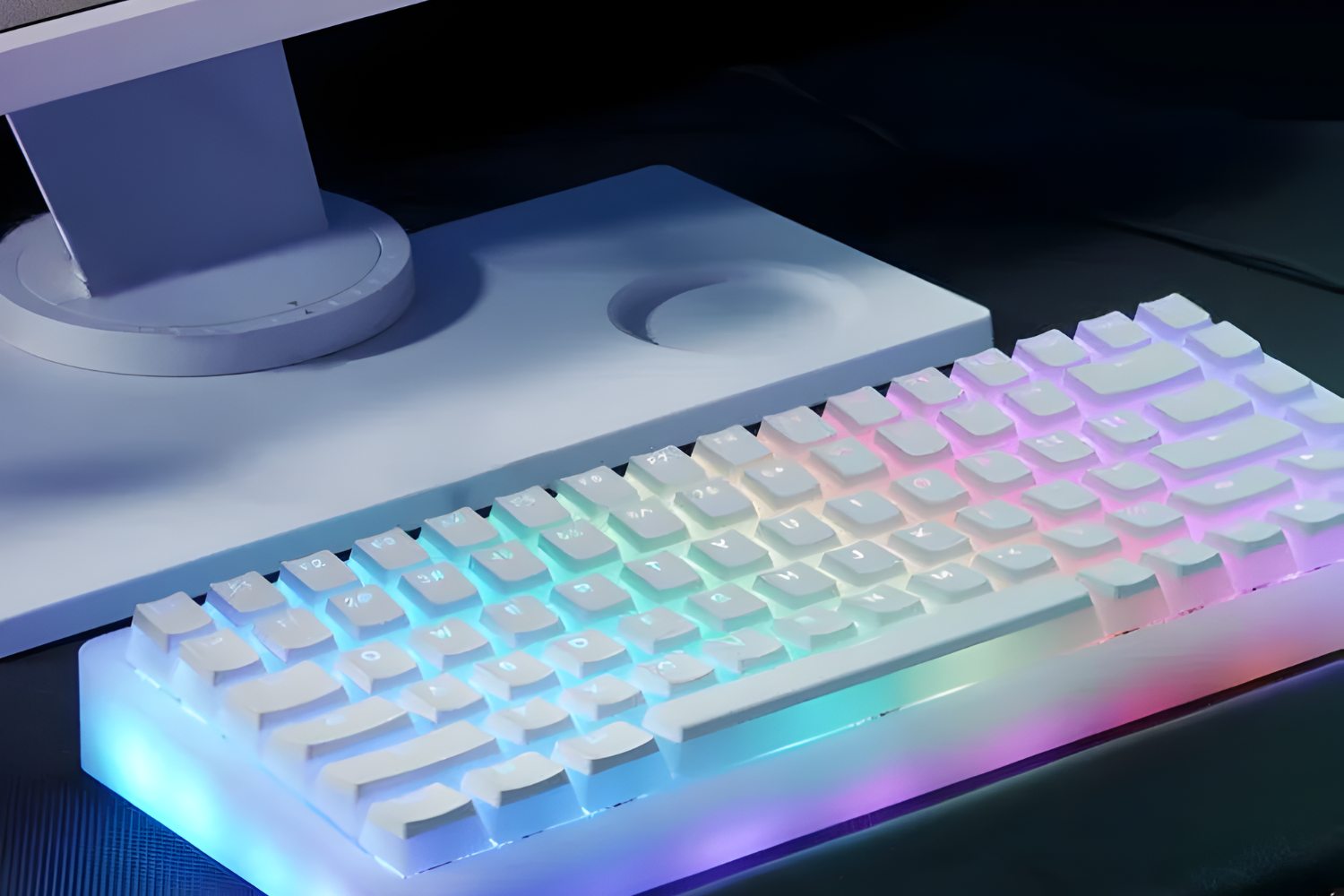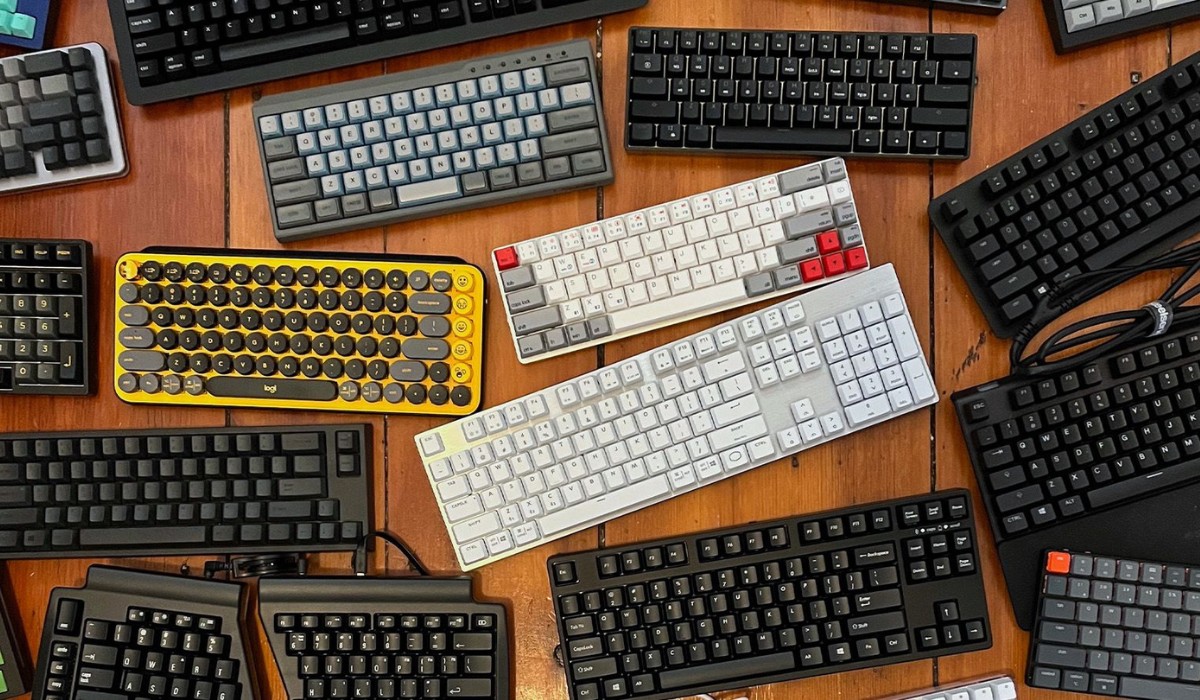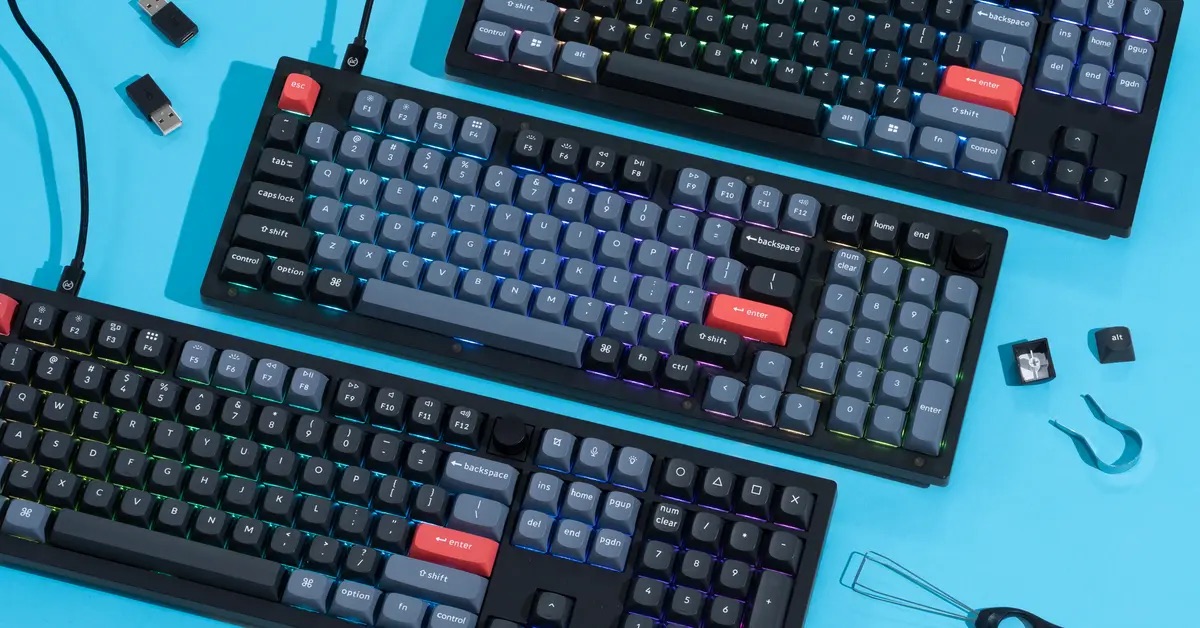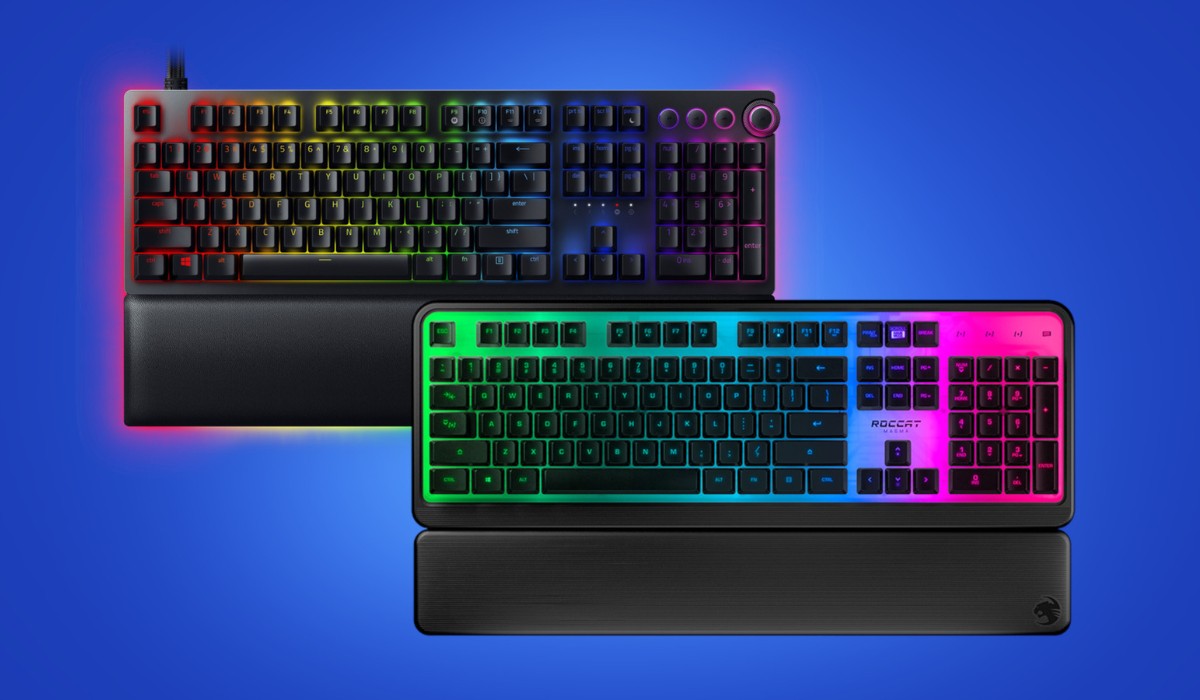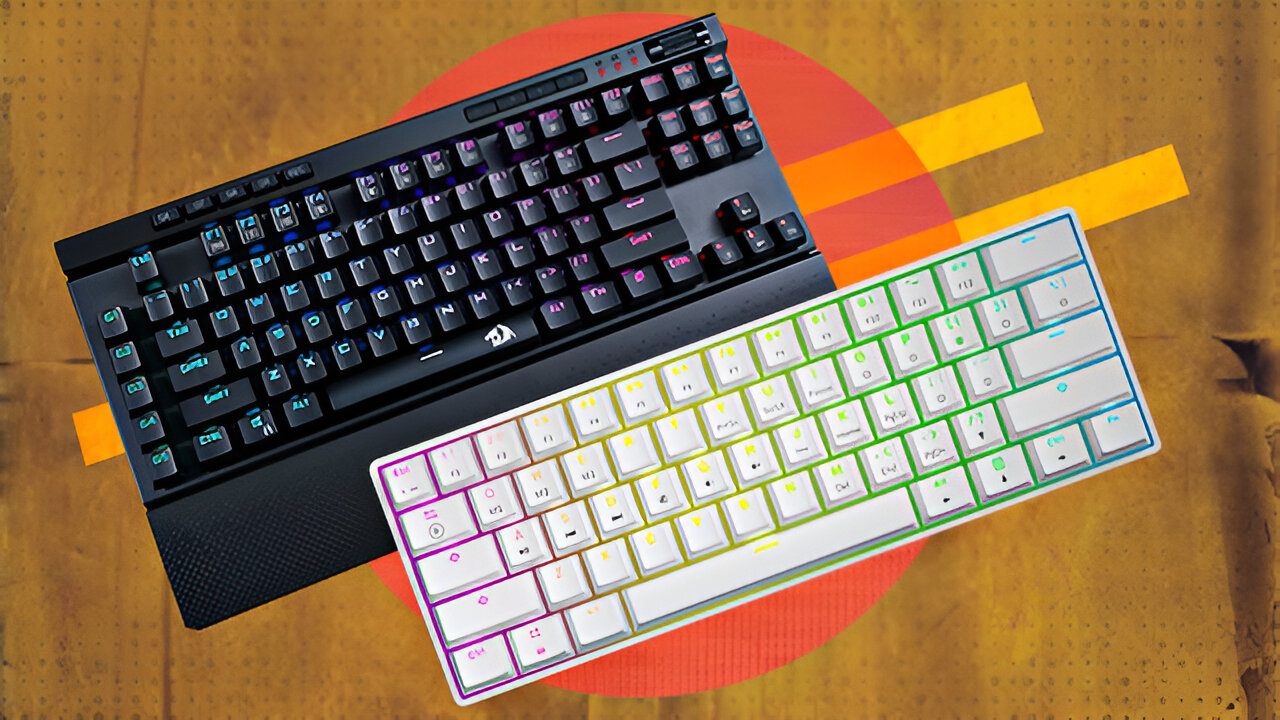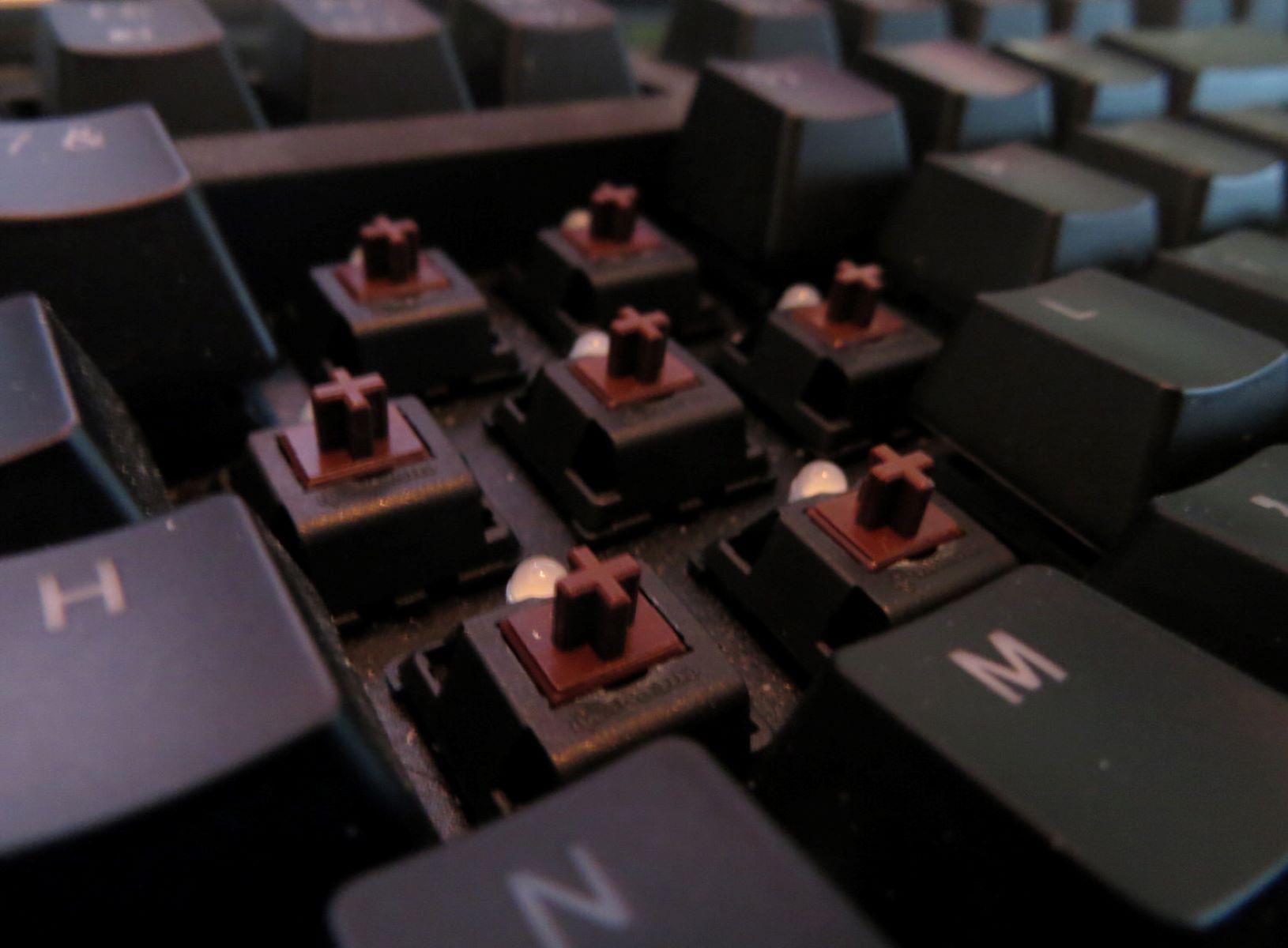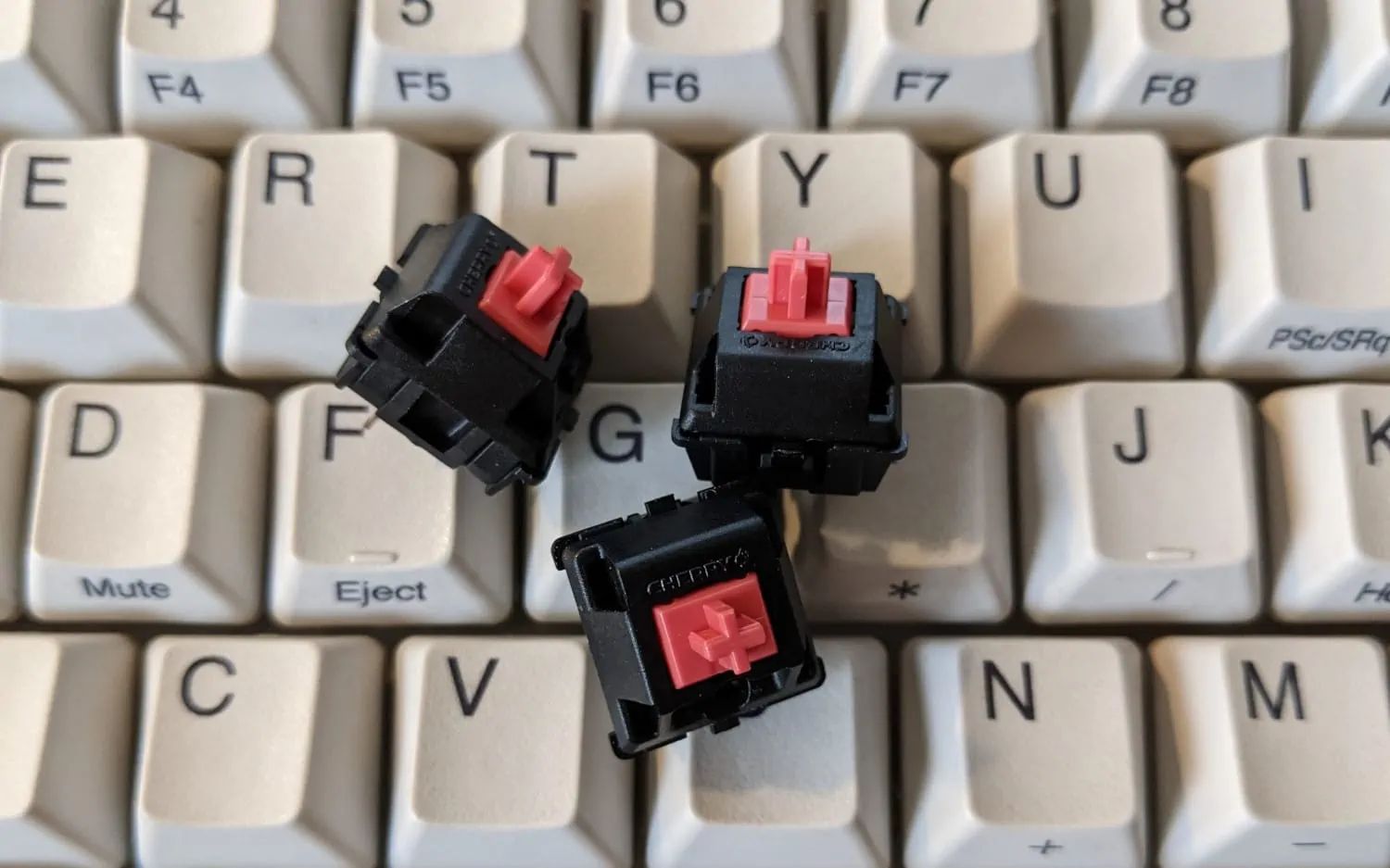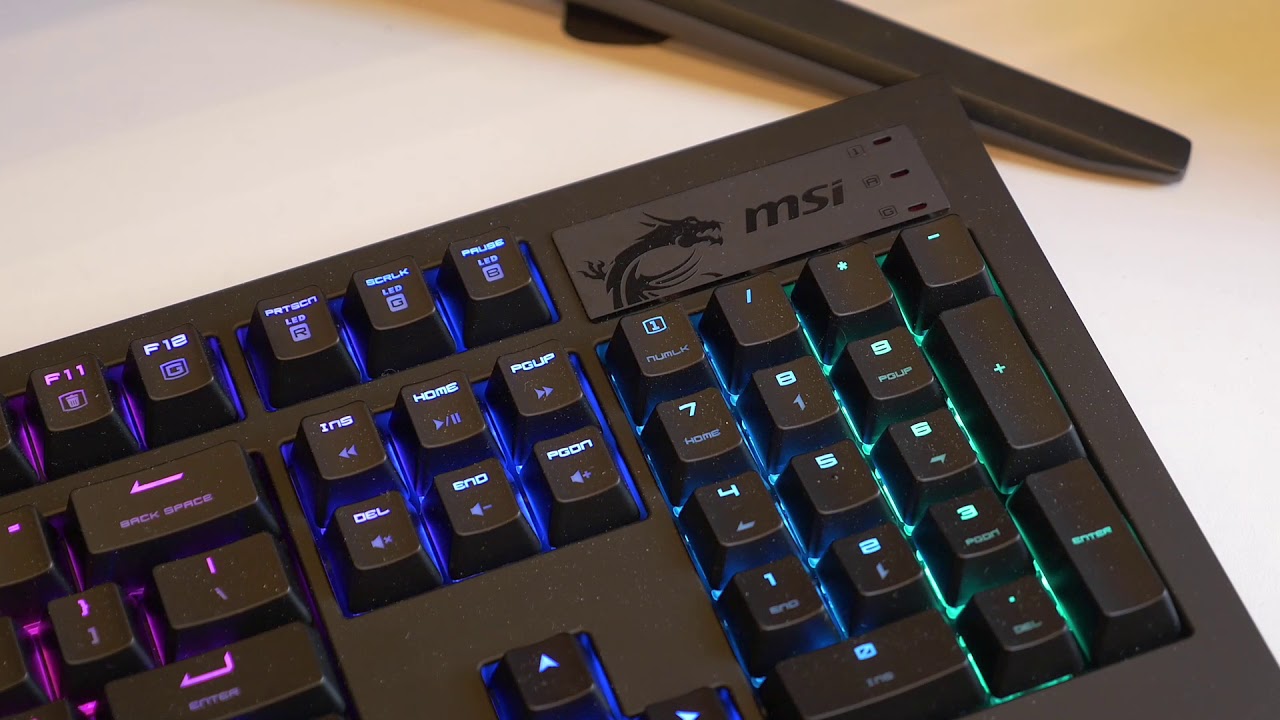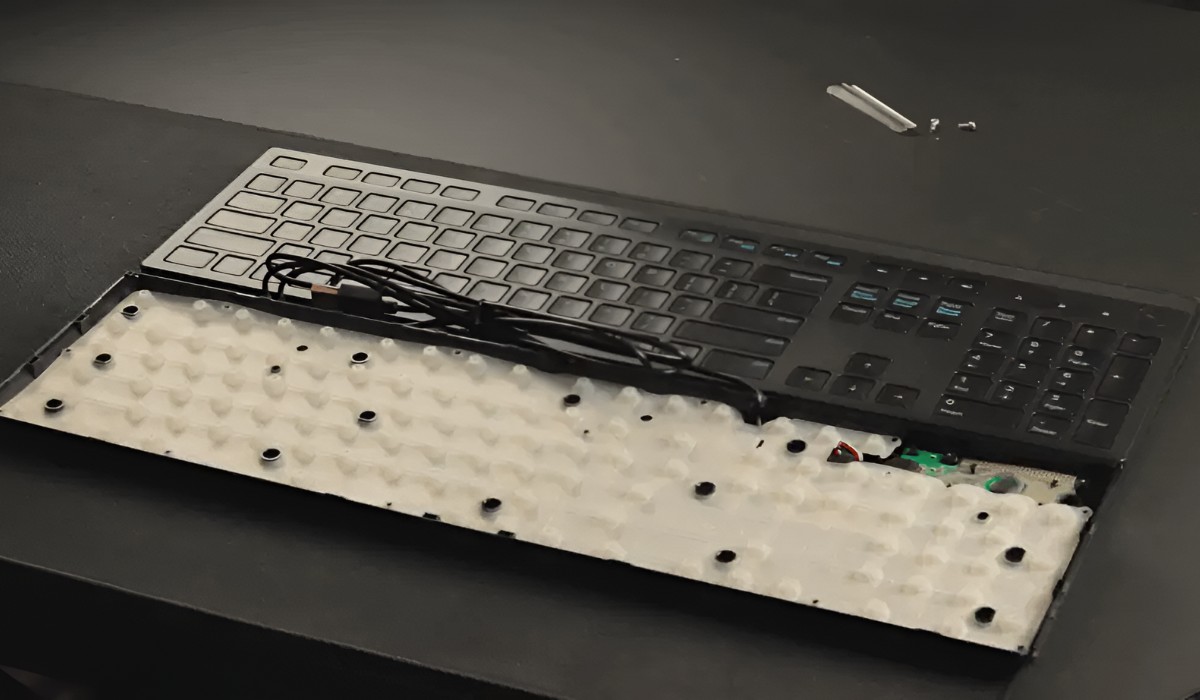Introduction
Are you tired of the mushy feel of traditional rubber dome keyboards? Do you crave a more satisfying typing experience that's both tactile and responsive? If so, a tactile mechanical keyboard might be just what you need to elevate your typing and gaming endeavors. In this article, we'll delve into the world of tactile mechanical keyboards, exploring what sets them apart from other types of keyboards, how they work, their benefits, and popular tactile switches. By the end of this read, you'll have a comprehensive understanding of what makes tactile mechanical keyboards a sought-after choice for many enthusiasts.
Whether you're a writer, programmer, or avid gamer, the keyboard is an essential tool that directly impacts your productivity and overall experience. With a tactile mechanical keyboard, you can expect a distinct tactile bump and audible feedback with each keystroke, providing a sense of assurance that your input has been registered. This unique typing sensation can transform the way you interact with your computer, offering a more engaging and precise typing experience.
In the following sections, we'll explore the inner workings of tactile mechanical keyboards, shedding light on the mechanisms that make them stand out. Additionally, we'll uncover the various benefits of using a tactile mechanical keyboard, as well as popular tactile switches that are favored by enthusiasts and professionals alike. So, buckle up and get ready to embark on a journey into the world of tactile mechanical keyboards.
What is a Tactile Mechanical Keyboard?
A tactile mechanical keyboard is a type of keyboard that employs mechanical switches to register keystrokes. What sets it apart from other keyboards, such as membrane or rubber dome keyboards, is its distinctive tactile feedback. When a key is pressed on a tactile mechanical keyboard, the user experiences a noticeable bump, indicating that the keystroke has been recognized. This tactile feedback provides users with a more pronounced and satisfying typing experience, making it a popular choice among typists, programmers, and gamers.
Unlike traditional rubber dome keyboards, which rely on a rubber membrane to register key presses, tactile mechanical keyboards utilize individual mechanical switches for each key. These switches are comprised of various components, including a spring and a stem, which work together to deliver the tactile sensation and audible feedback that many users prefer. The tactile bump occurs at the actuation point of the switch, signaling the moment when the keystroke is recognized.
One of the defining characteristics of a tactile mechanical keyboard is its versatility in accommodating different typing preferences. Tactile switches are available in various actuation forces, allowing users to select a switch that aligns with their preferred typing experience. Whether someone prefers a light, subtle tactile bump or a more pronounced, tactile response, there is a tactile switch to suit their individual needs.
Furthermore, tactile mechanical keyboards often feature customizable keycaps and backlighting options, enabling users to personalize their keyboards to their liking. This level of customization adds a layer of aesthetic appeal and functionality, making tactile mechanical keyboards not only a practical choice but also a visually appealing one.
Overall, a tactile mechanical keyboard offers a unique and responsive typing experience, making it a favored choice for those seeking a more tactile and engaging interaction with their keyboards.
How Does a Tactile Switch Work?
Understanding the inner workings of a tactile switch is essential in comprehending the unique tactile feedback provided by tactile mechanical keyboards. A tactile switch consists of several key components that work in unison to deliver the distinct tactile sensation and audible feedback experienced when typing on a tactile mechanical keyboard.
At the core of a tactile switch is a spring, which is responsible for providing resistance and determining the actuation force required to register a keystroke. When a key is pressed, the spring is compressed until it reaches a point known as the actuation point. This actuation point is where the tactile bump occurs, providing the user with a tactile indication that the keystroke has been recognized. The tactile bump is a defining feature of tactile switches, offering users a tangible and reassuring sensation with each key press.
In addition to the spring, the stem of the switch plays a crucial role in delivering the tactile feedback. As the key is pressed, the stem moves within the switch, interacting with other components to produce the tactile sensation. This interaction results in the tactile bump and the audible click that typifies the tactile switch experience.
Furthermore, the tactile switch incorporates a housing that encases the various components, providing stability and ensuring consistent performance. The housing also contributes to the audible feedback, amplifying the sound produced when the stem actuates the switch.
It’s important to note that tactile switches come in various designs and actuation forces, allowing users to select a switch that aligns with their typing preferences. Whether someone prefers a light, subtle tactile bump or a more pronounced, tactile response, there are tactile switches tailored to accommodate diverse user preferences.
By understanding the intricate mechanisms at play within a tactile switch, users can appreciate the craftsmanship and engineering that goes into delivering the tactile feedback that sets tactile mechanical keyboards apart from other keyboard types.
Benefits of Using a Tactile Mechanical Keyboard
Embracing a tactile mechanical keyboard offers a multitude of advantages that cater to the needs and preferences of various users. The distinct tactile feedback and responsive nature of these keyboards contribute to a more engaging and efficient typing experience. Below are some key benefits of using a tactile mechanical keyboard:
- Enhanced Typing Experience: Tactile mechanical keyboards provide a satisfying and tactile typing experience, allowing users to feel a pronounced tactile bump with each keystroke. This tactile feedback enhances typing accuracy and provides a sense of assurance that each key press has been registered.
- Increased Productivity: The tactile feedback and responsive nature of mechanical switches can contribute to enhanced productivity, particularly for individuals who spend extended periods typing. The distinct tactile sensation can reduce typing errors and improve overall typing speed and accuracy.
- Customization Options: Tactile mechanical keyboards often feature customizable keycaps and backlighting options, allowing users to personalize the look and feel of their keyboards. This level of customization adds a layer of aesthetic appeal and enables users to tailor their keyboards to suit their preferences.
- Durability and Longevity: Mechanical switches are known for their durability, with many switches rated for tens of millions of keystrokes. This longevity ensures that tactile mechanical keyboards can withstand heavy daily use, making them a reliable and long-lasting investment.
- Adaptability to Typing Styles: Tactile switches are available in various actuation forces, catering to different typing preferences. Whether a user prefers a light, subtle tactile bump or a more pronounced, tactile response, there is a tactile switch to accommodate their individual typing style.
- Audible Feedback: In addition to the tactile bump, the audible click produced by some tactile switches can provide users with auditory confirmation of their keystrokes, adding another layer of feedback and satisfaction to the typing experience.
These benefits collectively contribute to making tactile mechanical keyboards a desirable choice for typists, programmers, gamers, and anyone seeking a more tactile, responsive, and customizable typing experience.
Popular Tactile Switches
Within the realm of tactile mechanical keyboards, several popular tactile switches have garnered acclaim for their unique characteristics and performance. These switches cater to diverse typing preferences, offering varying actuation forces, tactile feedback, and auditory cues. Below are some of the most renowned tactile switches that have captured the attention of keyboard enthusiasts:
- Cherry MX Brown: Renowned for its tactile bump and moderate actuation force, the Cherry MX Brown switch offers a balanced typing experience suitable for both typing and gaming. Its tactile feedback is accompanied by a subtle audible click, providing users with a satisfying and responsive typing experience.
- Razer Orange: The Razer Orange switch features a tactile bump and reduced actuation force, making it an appealing choice for swift and precise typing. Its tactile feedback is complemented by a quiet operation, making it an ideal option for those who prefer a more subdued typing experience.
- Logitech Romer-G Tactile: Designed to deliver a discernible tactile bump and swift actuation, the Logitech Romer-G Tactile switch offers a responsive and low-profile typing experience. Its tactile feedback is accompanied by a quiet operation, making it suitable for both work and leisure.
- Zealios: Zealios switches are revered for their smooth tactile bump and customizable actuation forces, catering to a wide range of typing preferences. With their pronounced tactile feedback and customizable options, Zealios switches provide users with a highly personalized and engaging typing experience.
- Topre Realforce: The Topre Realforce switch offers a unique electrostatic capacitive design, delivering a tactile bump and a smooth keystroke feel. Its tactile feedback is complemented by a refined and consistent typing experience, making it a favored choice for those seeking a premium tactile switch.
These popular tactile switches showcase the diversity and innovation present in the world of tactile mechanical keyboards, offering users a spectrum of options to tailor their typing experiences to their preferences and requirements.
Conclusion
As we conclude our exploration into the realm of tactile mechanical keyboards, it’s evident that these keyboards offer a compelling array of benefits and customization options that cater to diverse user preferences. The distinct tactile feedback, responsive nature, and durability of tactile switches contribute to an enhanced typing experience, making them a sought-after choice for typists, programmers, and gamers alike.
By understanding the inner workings of tactile switches and the unique characteristics of popular tactile switches such as Cherry MX Brown, Razer Orange, Logitech Romer-G Tactile, Zealios, and Topre Realforce, users can make informed decisions when selecting a tactile mechanical keyboard that aligns with their specific typing style and requirements.
Whether it’s the satisfying tactile bump, customizable actuation forces, or the auditory feedback provided by these switches, tactile mechanical keyboards offer a level of engagement and personalization that elevates the typing experience. The ability to tailor the look and feel of the keyboard through customizable keycaps and backlighting options further adds to the appeal of tactile mechanical keyboards, making them not only functional but also visually captivating.
As technology continues to evolve, the world of tactile mechanical keyboards continues to innovate, offering users an ever-expanding array of options to suit their individual needs and preferences. Whether it’s for work, gaming, or general computer use, the tactile mechanical keyboard stands as a testament to the fusion of precision engineering, tactile satisfaction, and personalized customization.
In essence, the tactile mechanical keyboard represents a harmonious blend of functionality and sensory delight, transforming the act of typing into a tactile symphony that resonates with enthusiasts and professionals across diverse domains.







